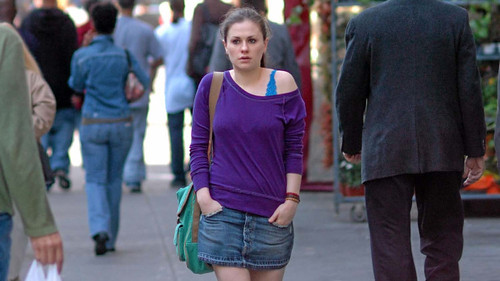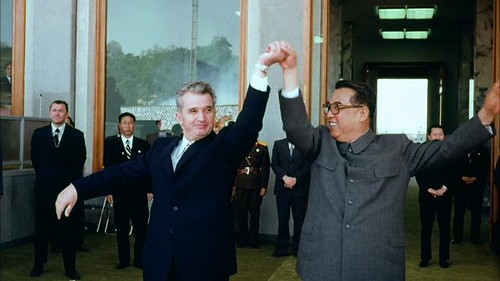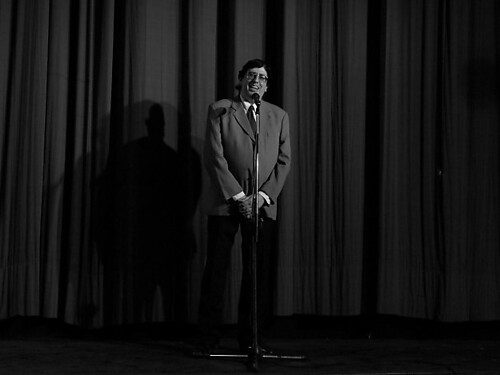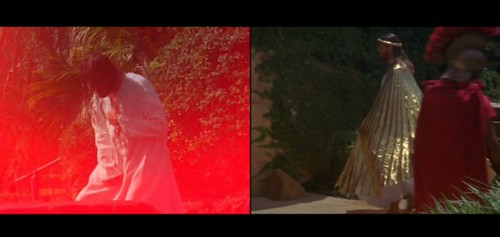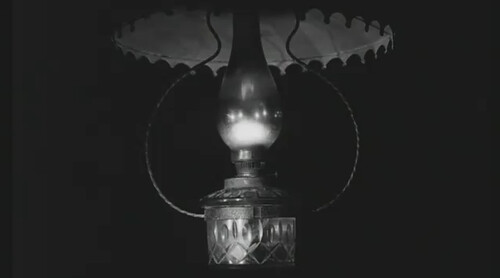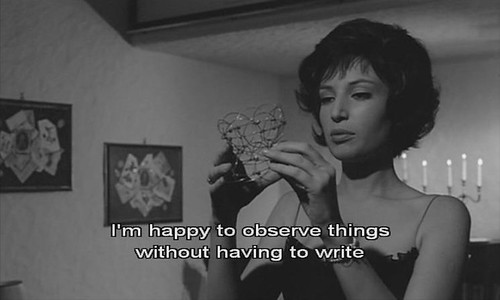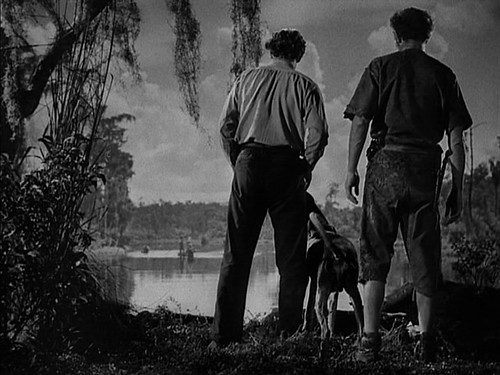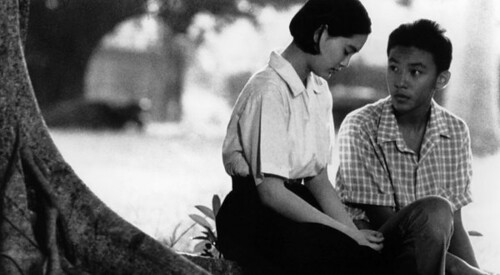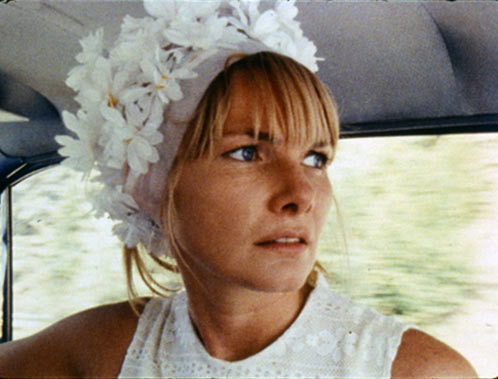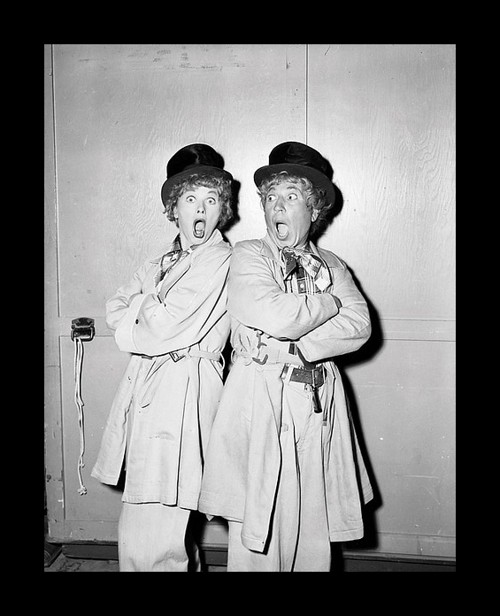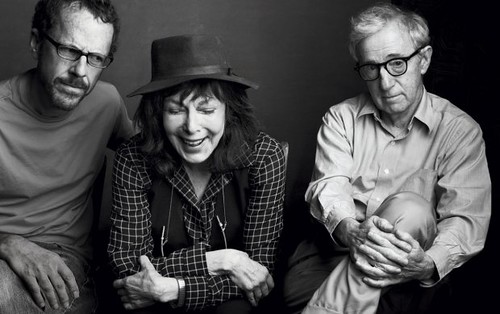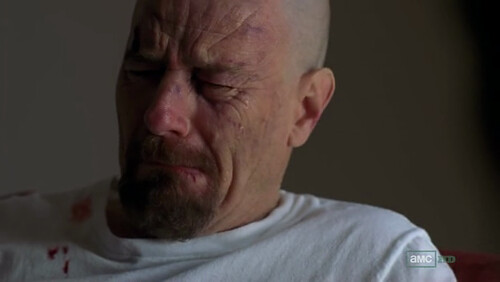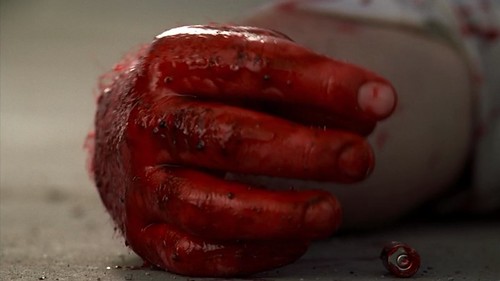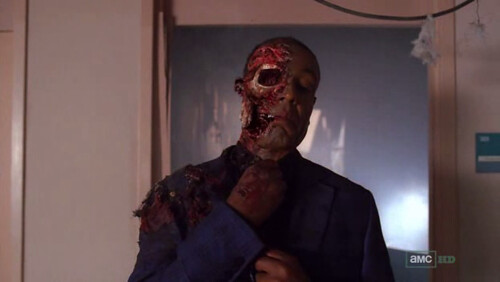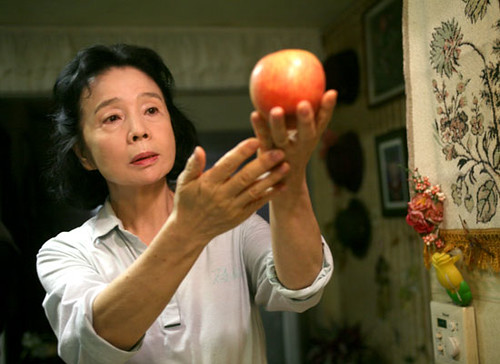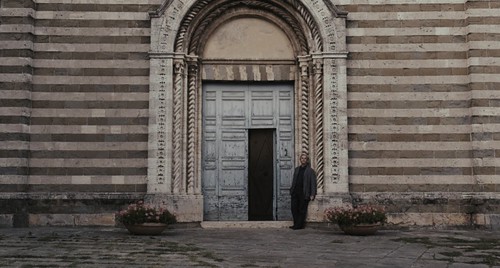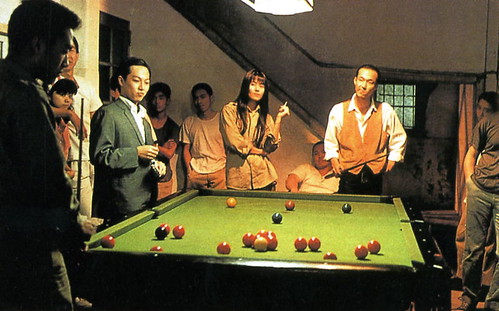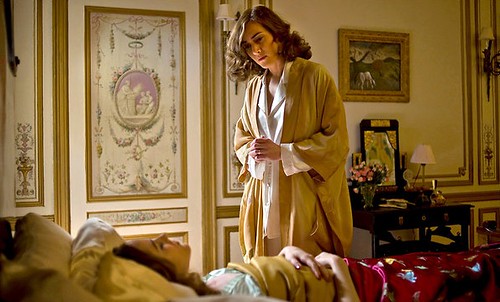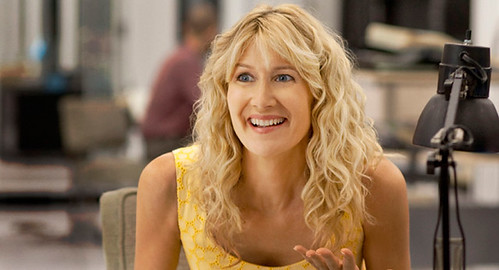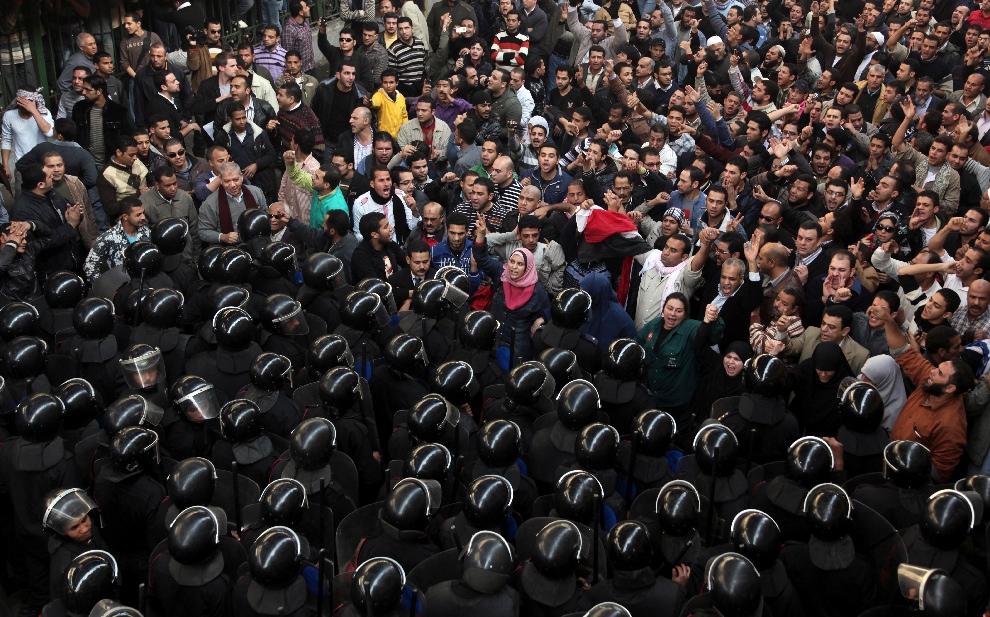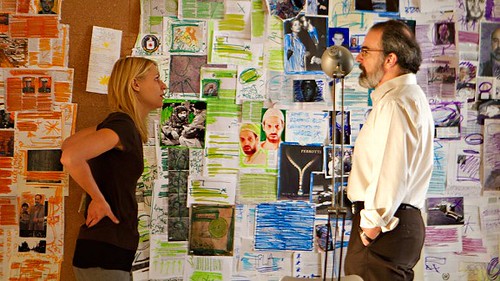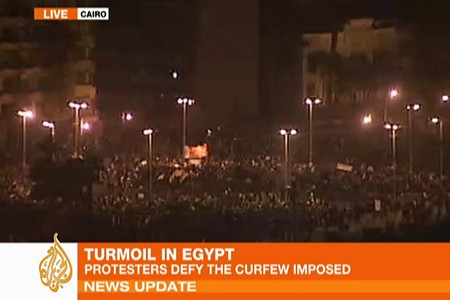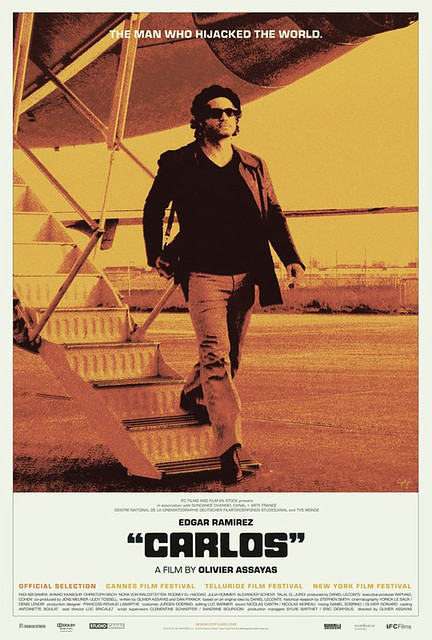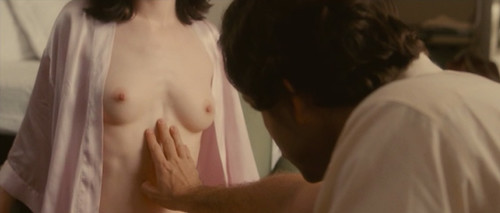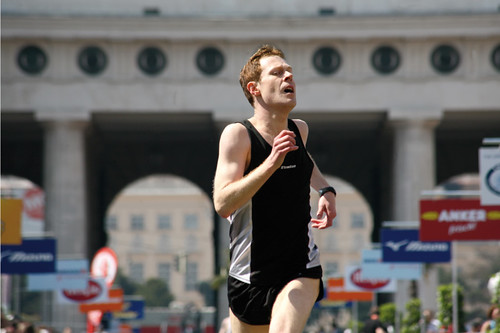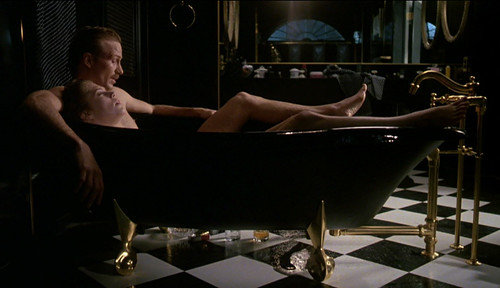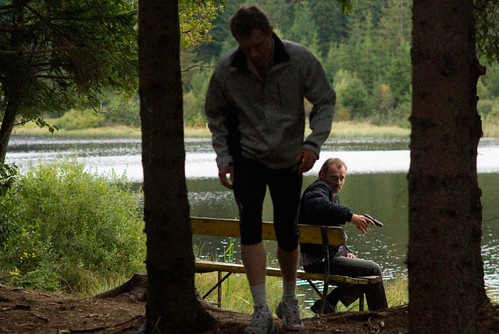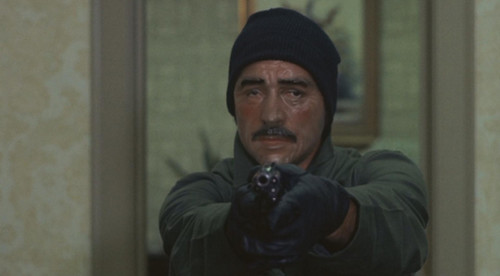[BANG BANG is our week-long look back at 20!!, or "Twenty-bang-bang," or 2011, with contributions from all over aiming to cover all sorts of enthusiasms from film to music to words and beyond.]

by Adam Hartzell
I spend most of my time watching movies out of sync with my time and place. Since I prefer cinema from elsewhere, only one U.S. film makes my Top Ten, though it does make the top spot. Work and financial constraints keep me from traveling abroad for film festival premieres, which means I have to wait until they make it here to San Francisco. So my Top Ten lists usually say something about my cosmopolitan dreams that are anchored awake by my restricted finances and mobility. But here are 10 films which were released this year, or made their way to Bay Area festivals in 2011, about which I have found myself still ruminating in a positive way since they shined their light and heat on my eyes.
10. Passion (Khusel Shunal) (Byamba Sakhya, 2010, Mongolia) I knew nothing about Mongolian cinema until this documentary about said cinema, told through a lonely road movie, found its way into the program of this year's San Francisco Asian American International Film Festival. Now I want to know more, which is ironic since the film presents a pessimistic view of Mongolian cinema's future. But it's at least caught the fascination of one viewer even more isolated from this nation's cinema than the Mongolian residents portrayed in the documentary.
9. Aurélie Laflamme's Diary (Christian Laurence, 2010, Canada) A French language film from Quebec that was part of the NY/SF International Children's Film Festival that ran from October 21-23 at Viz Cinema, it ended up winning an audience award. I would have voted for it as well, had I seen it in the theater along with that awarding audience rather than on DVD for an
sf360.org overview I wrote on the festival. It's a teen film that doesn't have to throw an
American-Pie in our faces thinking that will entertain the kids and kidults. Marianne Verville is a refreshing presence in the lead role, allowed to be awkward in what is an awkward time of our lives. Plus, although she gets the boy the genre demands, she isn't swan-ed away from her duckling beginnings.
 8. The Trip
8. The Trip (Michael Winterbottom, 2011, United Kingdom) I am still laughing about the scene where Steve Coogan and Rob Brydon are riffing on announcing the inexact time of an ancient battle. Adding to this comedic pleasure was that I got to laugh at this scene along with a friend I hadn’t seen in some time whom I randomly ran into in the lobby of The Bridge theatre before the screening. It was a nice day in the Richmond neighborhood thanks to the run-ins such local establishments afford.
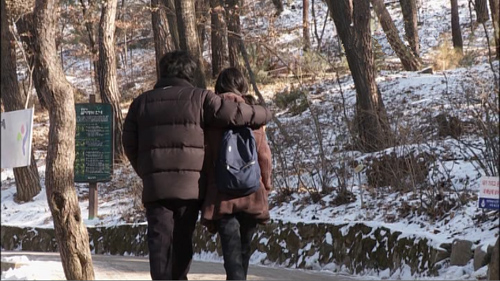 7. Oki's Movie
7. Oki's Movie (Hong Sang-soo, 2010, South Korea) I got to see three of my favorite director’s films for the first time this year. (The others were
Ha Ha Ha on DVD because I couldn't make the screenings at the San Francisco International Film Festival and
The Day He Arrives on screen at the Starz Denver Film Festival in mid-November with the proprietor of the
Coffee, Coffee and More Coffee blog, Peter Nellhaus.) Thanks to the
Yerba Buena Center for the Arts, I was able to watch
Oki's Movie in the theatre in late June after having already seen it on DVD to prepare a piece for sf360. I'm biased in that I always find something to ruminate on endlessly in a Hong film (even with my least favorite,
Woman Is the Future of Man). But
Oki's Movie seems to have won over those who haven't been fans of his work. I think a big reason is the auditioning of men in Oki's movie nested within "Oki's Movie" that Andrew Tracy expertly analyzes in the Fall 2010 issue of
Cinema Scope magazine.
6. The Topp Twins: Untouchable Girls (Leanne Pooley, 2009, New Zealand) Finally getting the theatre release it deserved,
The Topp Twins graced our local screens outside of the film festivals that started the momentum (Frameline in 2010 and Mostly British in 2011). I own the DVD and saw the film in the theatre three times, once each at those festivals and once in Berkeley at Shattuck Cinemas with my cousin when it was released. Even after all these screenings, I'm still moved by how much major moments of the lives of these yodeling, country singing lesbian twins are tied up with major political successes in New Zealand history. I am still giddy about getting to meet them for
an interview for sf360, the most nervous I have ever been for an interview.
5. Poetry (Lee Chang-dong, 2010, South Korea)
Poetry definitively represents what I have been appreciating lately about South Korean cinema - how much it has opened up cinematic space for its senior actresses. Yun Jung-hee came out of retirement for this virtuoso performance of Lee Chang-dong's as he continues to explore the life of the outsider in South Korea. During my first draft of this brief commentary on
Poetry, I went into a rant about how, if there failed to be a Best Actress nom nod to Yun, the Oscars would continue to be irrelevant in my cinematic life. But after writing that draft, I went to talk with
Brian Darr of
Hell on Frisco Bay blog and he informed me the Los Angeles Critic Circle gave Yun their Best Actress award. As a result, I put my seething rage at the Oscars as a failed institution back into its cage to be unleashed some other day.
 4. The Salesman
4. The Salesman (Sébastian Pilote, 2011, Canada) I am someone upon whom car commercials fail to make the intended impact. I don't desire the products they advertise. And I don't buy into the false sense of freedom the commercials purport to symbolize. (The streets are usually much more crowded than as portrayed in the commercials and buying a car shackles you with debt, high gas prices, and vast acres of asphalt requirements for roads and parking.) That said, I'm primed to appreciate the tragedy in
The Salesman, a perfect example of a genre I'm calling 'Post Peak Oil Cinema', where the life of a successful car salesman is turned on its head by the very products he sells so successfully.
The Salesman is a sad, sad film that doesn't pummel you but rather slowly piles upon you like the snow that surrounds this little Quebec town.
3. The Life of Fish (Matías Bize, 2010, Chile) My wife and I caught this film during our yearly Caltrain trip to
Cinequest in San Jose because it fit with our schedule and it's one of those happy accident, eeny-meeny-miney-mo(e)ments where you select a film with no real sense of what you are getting yourself into and you realize the programmers have made an excellent choice for you. In this film, we travel through a party held in a single house as our main character relives his younger self through his memories and those of others. Simple, poignant, and delightful.
 2. Nostalgia for the Light
2. Nostalgia for the Light (Patrico Guzmán, 2010, France/Chile/Germany) This was a truly amazing film I saw in the Dolby screening room as part of the press screenings for the
San Francisco International Film Festival this year. Guzmán’s pairing of professional astronomers with amateur archaeologists works on so many levels. Even though the archaeologists are searching for the remains of family members killed by their own government, somehow, in spite of all this, Guzmán leaves us with tremendous hope for humanity.
1. Deaf Jam (Judy Lieff, 2011, USA) I have not had the experience with a film for a long time like I had with Lieff’s documentary about high school Deaf poets venturing out into the venues of a (hearing) poetry slam. Cinema transfixed me again at the Mill Valley Film Festival like it did the first time I could not stopping about the impact a film had on me. Lieff captures the vibrancy of American Sign Language through several tactics of translation. Her willingness to mess with the text of subtitling the poems in the opening sequence is mesmerizing. At the same time, she even took the risk not to translate the ASL later in the film and it is just as powerful sans subtitles. Mixed in with this story of the life of young Deaf folk is a story about the struggles of immigrant children whose parents’ citizenship comes after they enter adulthood and a friendship between a young Israeli Jew and Palestinian Muslim. Lieff and the subjects of her documentary show us how ASL is as perfect a language of cinema as any other, leaving you hoping Lieff and the students she films don’t stop here. We need these stories. We need this kind of active, engaged cinema.

________________________________
Adam Hartzell is totally bummed that sf360.org is no longer publishing because he had a blast writing for them for three years. He continues to write for Brian Darr's San Francisco film blog, Hell on Frisco Bay, and the premier English language website on South Korean cinema, Koreanfilm.org. He began this year as a guest on an episode of the VCinema podcast where he discussed the original version and the recent re-visioning of the South Korean classic The Housemaid (MP3). He has had a few magazine pieces in Kyoto Journal, a chapter on The Power of Kangwon Province for The Cinema of Japan and Korea (Wallflower Press), and next year he will have a bunch of essays in the upcoming publication of World Directory of Cinema: Korea (Intellect, Ltd.).


